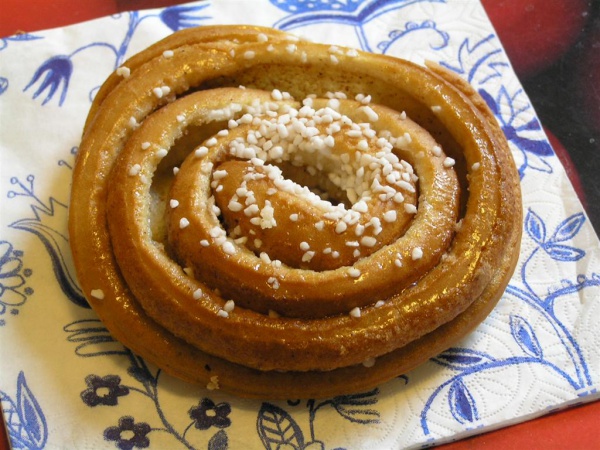Facts About Cinnamon roll
A cinnamon roll is a beloved sweet pastry enjoyed in Northern Europe and North America. Known by different names in various countries, it is referred to as "kanelbulle" in Sweden, "kanelsnegl" in Denmark, "Skillingsboller" "Kanelbolle" and "Kanelsnurr" in Norway, and "korvapuusti" in Finland. This delightful treat is made from a rolled sheet of yeast-leavened dough filled with a delectable mixture of cinnamon, sugar, and butter. Occasionally, raisins or other ingredients are added for extra flavor. The origins of the cinnamon roll date back to Roman spice traders who introduced Sri Lankan cinnamon to Europe.
In Sweden, the kanelbulle is so cherished that October 4th is celebrated as Cinnamon Roll Day. The size of these rolls can vary, with larger ones typically found in Finland and Sweden. In regions like Finland and Northern Europe, pearl sugar and a glaze are often used instead of icing. Across different countries, you'll find unique variations of the cinnamon roll, such as the German Franzbrötchen and the British Chelsea bun.
In North America, cinnamon rolls are typically topped with icing and can sometimes be fried or served as a variation of a raised donut. In Canada, they're known as cinnamon buns and are usually self-glazed without icing. In Sweden, cinnamon rolls are an essential part of a coffee break known as "fika" while in North America, they are commonly enjoyed for breakfast or dessert, sometimes served with cream cheese.
Cinnamon rolls have truly become a cherished pastry across various cultures, each adding its own special twist to this sweet delight.

 Russia
Russia